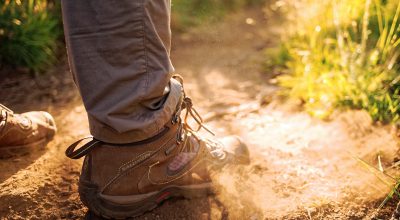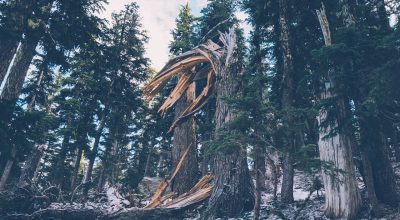Warmth and light are two of the most important things that you need to have when out in the outdoors, be it on a recreational camping trip or on a survival situation.
Campfires are one of the best methods of providing both warmth and light at the same time. You can even cook food and dry your clothes on a campfire.
Because of that, creating a campfire is one of the most important skills for surviving in the great outdoors.
However, did you know that not all wood is equally good for the creation of a campfire? Some type of woods simply provide better warmth and have better burning characteristics .
In this article, we are going to explore how to choose the best firewood for creating a great camp fire.
Hardwood vs Softwood
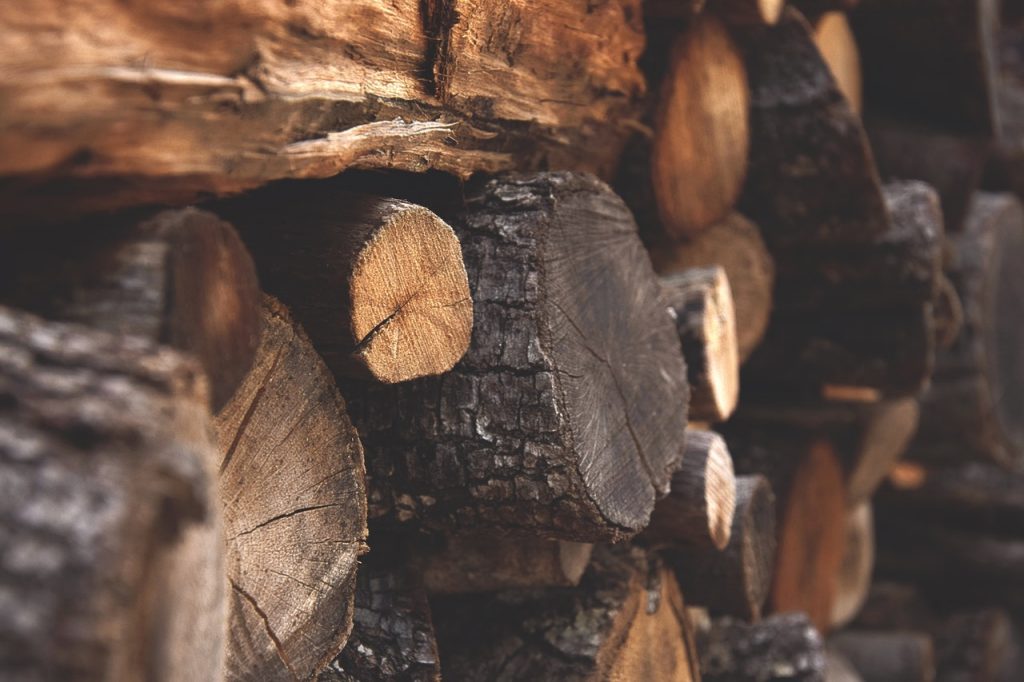
Firstly, we have to understand the two types of wood that you will see in the great outdoors, hardwood and softwood.
Hardwoods are basically angiosperms, plants that have flowers and have seeds inside their fruits. These plants are usually deciduous, meaning that they have a seasonal cycle of leaf growth and shedding.
Because hardwoods usually grow slowly, their wood tends to be harder and a lot denser compared to softwoods. You can find these woods in all weather from hot tropical conditions in the south to colder climates up north.
Softwoods on the other hand are gymnosperms which means they are non-flowering and have their seeds inside cones. These plants are usually coniferous in nature, or more commonly called evergreen trees.
These trees grow quickly, because of that, softwoods typically have softer less dense wood. You can find these trees in colder climates such as Canada or Northern Europe or in high elevation areas such as mountain tops.
There are several types of softwoods that are denser than some hardwoods. However, these are the exceptions rather than the norm.
Both of these have vastly different burning characteristics, because of that, the choice of which to use will vastly depend on your needs and what type of campfire you want to create.
Hardwood as Firewood
Hardwoods are usually regarded as the better wood for starting and maintaining fires. They are dense, produce more heat, and burns longer compared to softwoods.
Firewood made out of hardwood are great if you’re camping in the winter and need a reliable source of heat all night long. Because, when they burn, they burn reliably for a long time.
Hardwood also tends to burn cleaner in which they produce less smoke and fewer sparks.
So, if you’re the type of person to sleep close to your campfire or likes to dry their clothes near campfires, using hardwood firewood will ensure they are not damaged.
Hardwoods are also a great choice for campfire cooking because they produce higher heat and more coals. You’ll be able to cook more food using the same amount of firewood by using hardwood.
Some examples of good hardwoods are oak, birch, ash, cherry, apple, and also maple.
Softwood as Firewood
However, some people prefer to use softwoods for their campfires because these kind of firewood creates big crackling fires quickly.
Usually, softwood is used as the foundation to start a fire because they easily catch fire and combust quickly. However, creating a campfire out of pure softwood is unsustainable because they burn up rather quickly.
Because they burn fast, softwood is also not the ideal firewood to cook food over campfires. They won’t be able to create a large amount of hot coal.
Softwood also produces a lot of smoke and spark during combustion. Because of that, this can be annoying or even downright dangerous for campers that like to sleep or store their equipment near their campfire.
However, some people use the smoke to ward off mosquitos and other insects near the campsite. You can also use it as a makeshift signal to communicate to others.
Softwood’s that are great as firewood include pine and cedar wood.
Greenwood vs Cured Wood
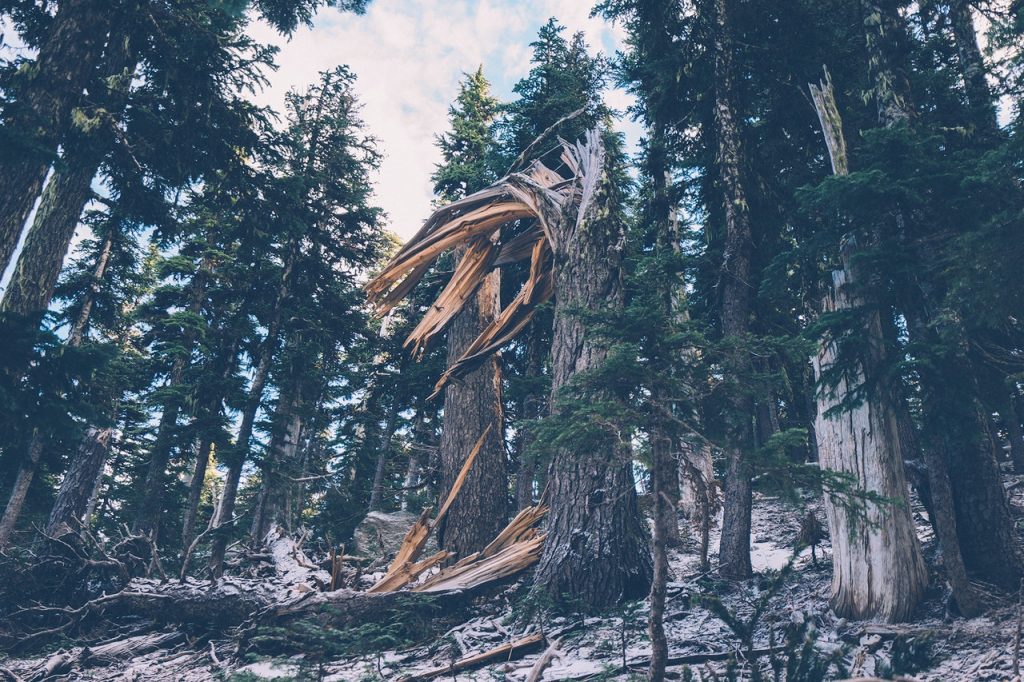
When searching for wood out in the outdoors, you also have to be able to differentiate between green wood and cured wood.
Green woods are a type of wood that comes from recently cut trees. Because of that, they are still fresh and contain a lot of moisture.
Cured woods are basically a type of wood that comes from trees that have died and dried for several months to a couple of years. Cured wood that are stored in dry conditions have less moisture so they burn more efficiently.
You can differentiate green and cured wood by looking at the color and texture. Cured wood usually has a lighter inside color and more cracks in it’s skin.
They are also drier to the touch. If you’re unsure, just feel the skin and insides of the wood with your hands. If they’re dry, then you can be sure it’s a good quality cured wood.
Cured wood as Firewood
Cured wood contains less moisture, because of that, it will burn faster and hotter compared to greenwood. You don’t need to dry this wood before putting it in your campfire.
Because cured wood burns more efficiently, it will produce less smoke compared to green wood. This is great if you’re looking to cook or dry your equipment using heat from the campfire.
Greenwood as Firewood
Greenwood contains a lot of moisture, because of that it will be harder to burn. You will need to either dry the wood first by putting it near a heat source or create a fire big and hot enough to efficiently burn the wood.
This type of firewood will also create a lot of smoke that may sting your eyes and nose.
Because of that, if there are better options, consider not using greenwood as the firewood of choice for your regular campfire.
However, if you’re creating a campfire for signaling purposes, you need all the smoke you can get. One way of doing it is using green wood or adding water to your camp fire.
Finding the Best Wood for your Campfire
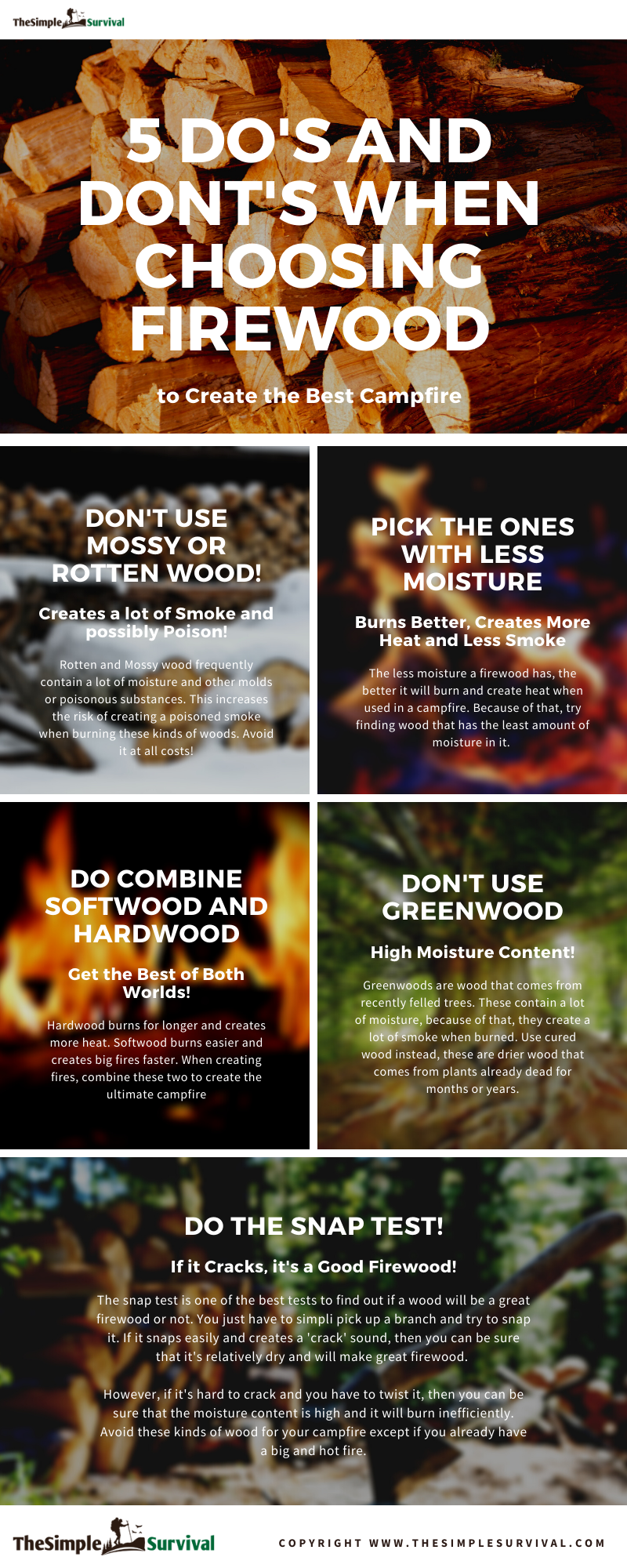
We’ve learned a lot about the types of wood that you will find in the forest or other outdoor areas. So, what kind of firewood should we avoid when creating campfires and which type of wood to pick?
For starters, use the wood that has the least amount of moisture in it. The dried the wood, the easier it is to ignite and maintain the campfire.
If you’re looking for firewood after a torrential rain, consider scraping the outer layers of the wood to remove the damp skin and expose the dry inner layers of the wood.
Avoid burning mossy or rotten wood because they contain a lot of moisture and may have poisonous substances in it. Substances such as poison oak or poisonous sumac may cause respiratory issues.
Besides poison risk, mossy and rotten wood also creates a lot of irritating smoke that can damage your eyes and nose.
Combining Softwood and Hardwood
Both soft wood and hard wood have their uses when creating a campfire in the outdoors. There is no one type of wood that is universally better compared to the other.
When starting a fire, it is better to use soft wood as the kindling and primer because it easily burns and create a hot fire. However, as the fire gets larger and hotter, gradually transition to hardwood so that the fire will burn hotter for longer.
If you start a campfire using hardwood, it would be harder to ignite at first and to maintain the fire untill it gets big enough.
However, if you keep using softwood, the fire will only burn for a short amount of time and you would have to frequently add more wood so that the fire doesn’t extinguish itself.
Because of that, you have to master the art of mixing both types of wood to start the perfect campfire.
Snap Test
One of the best ways to identify a good firewood is by using what’s known as the Snap Test.
The snap test is very simple, just find a small stick or branch of the wood and try to break it in half.
If it creates a good snap, then you’ll know that it’s great quality firewood and finding larger limbs or branches from the same tree will result in similar quality.
Bad quality woods, usually those that are already moist or rotten will need to be bent at an angle then has to be twisted/pulled. If enough force is applied, they may even splinter and disintegrate.
Only use these kinds of woods as the last resort, they burn badly and will create a lot of smoke.
Only use it if you already have a large and hot fire as they will immediately dry the wood and burn it, albeit inefficiently.
However, the better option is to try and dry them first near the campfire before burning them. Place these woods just close enough so that they get heated by the campfire but far enough that they are not burnt.

